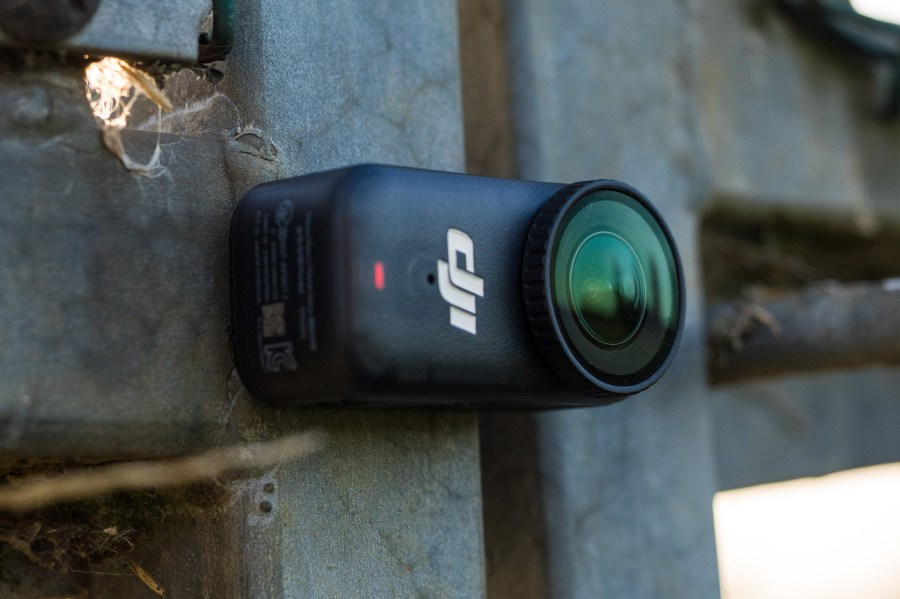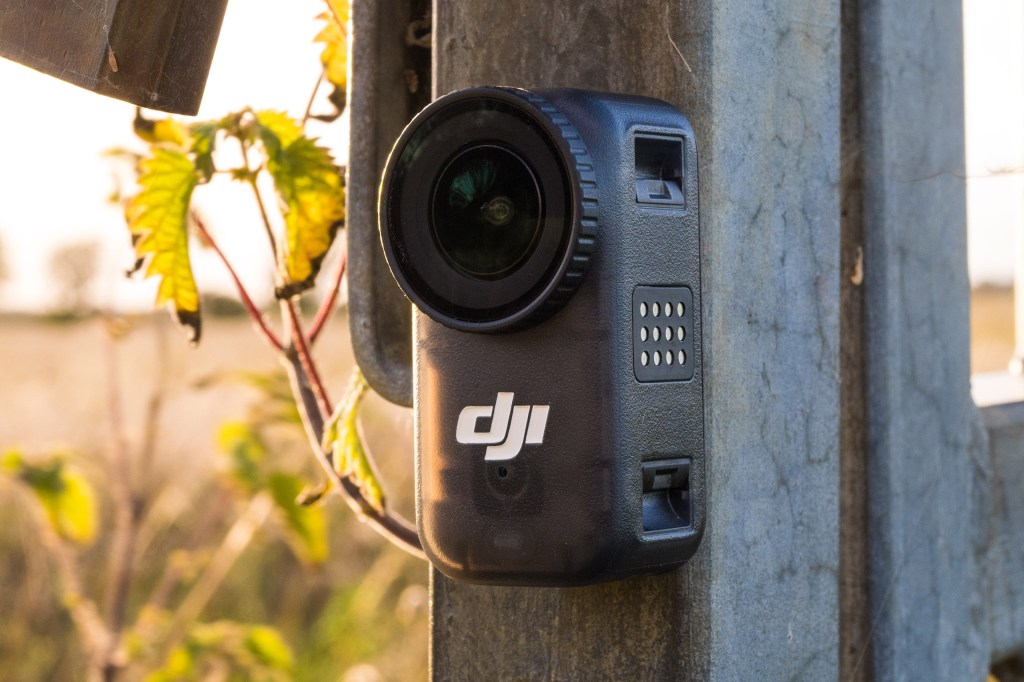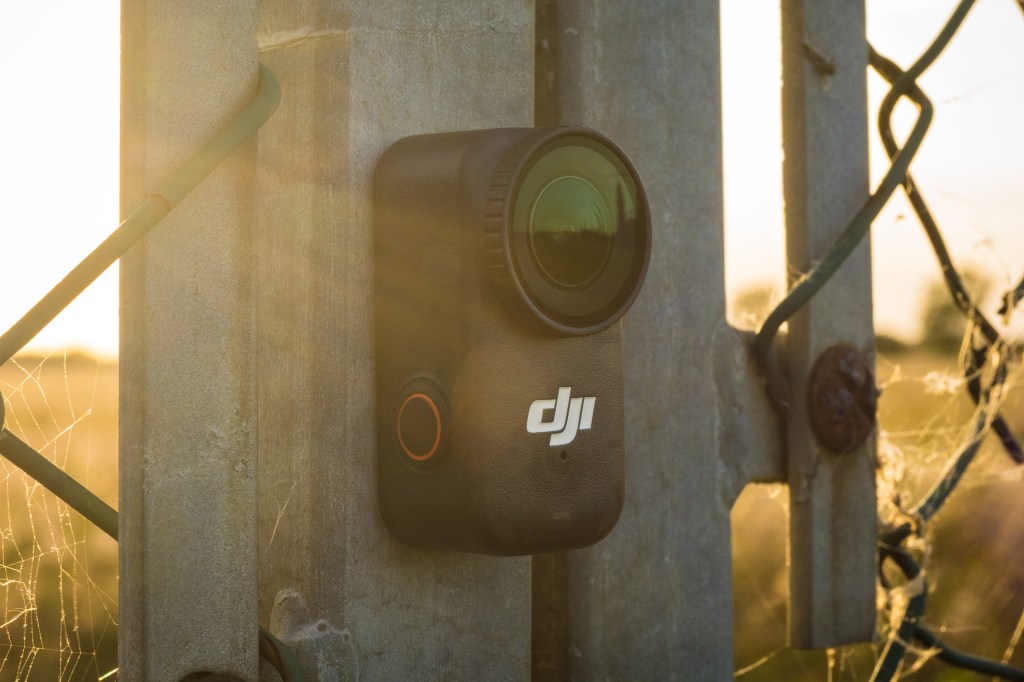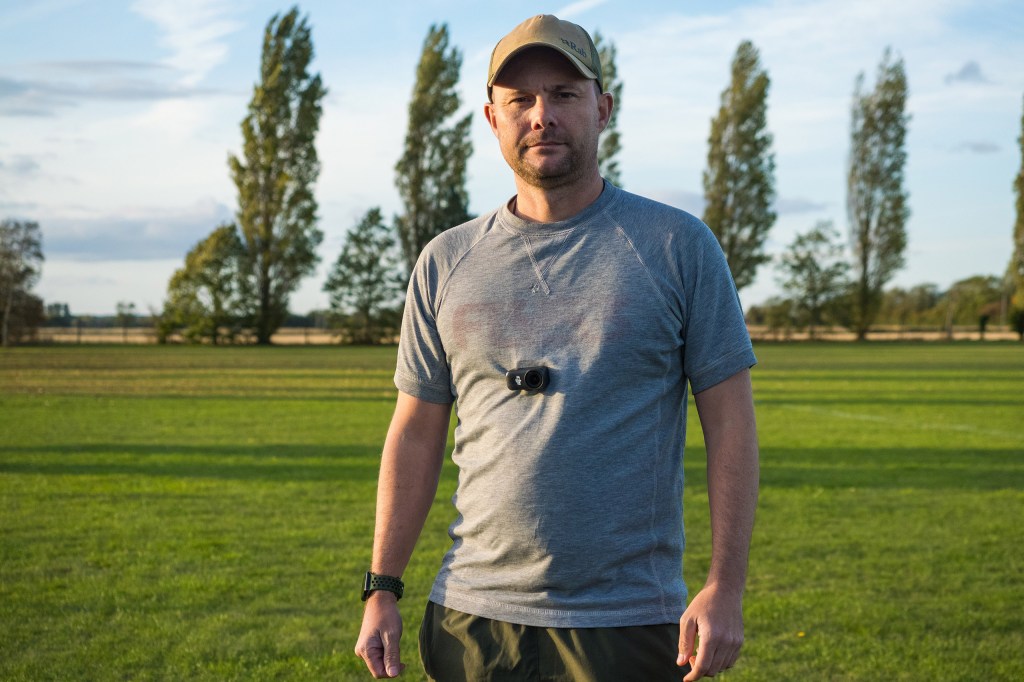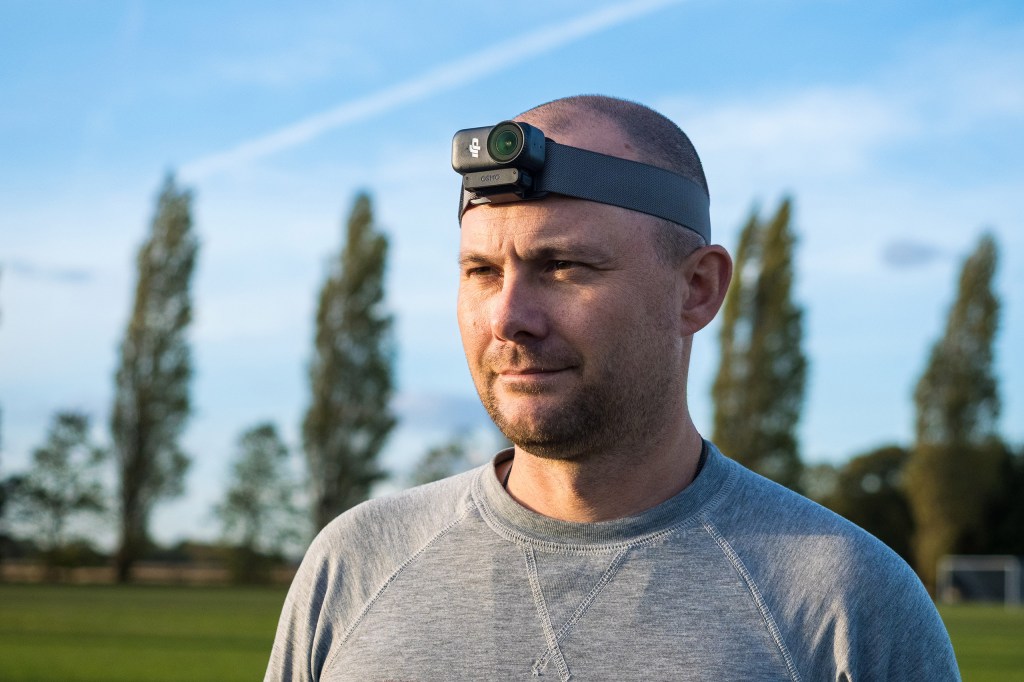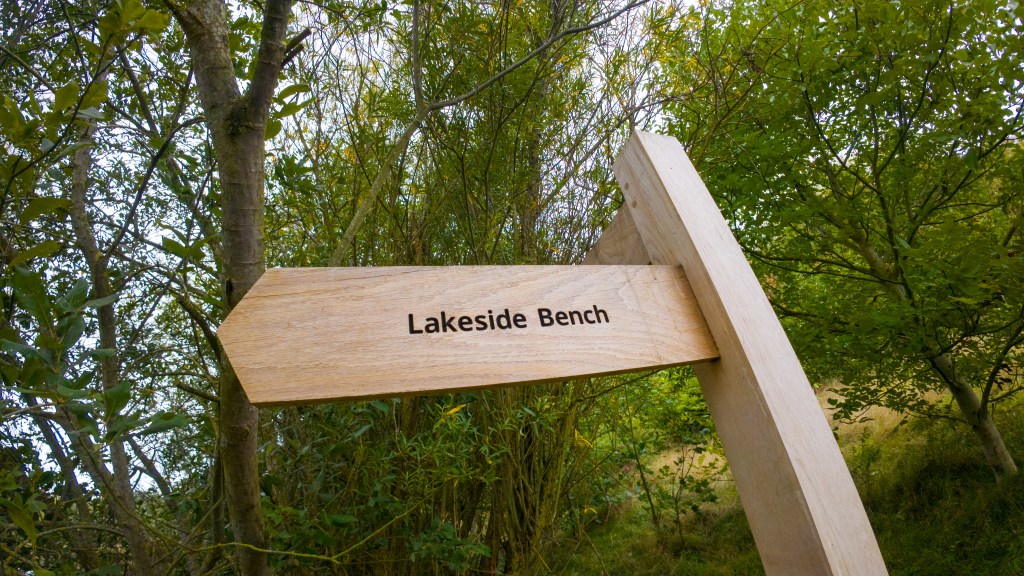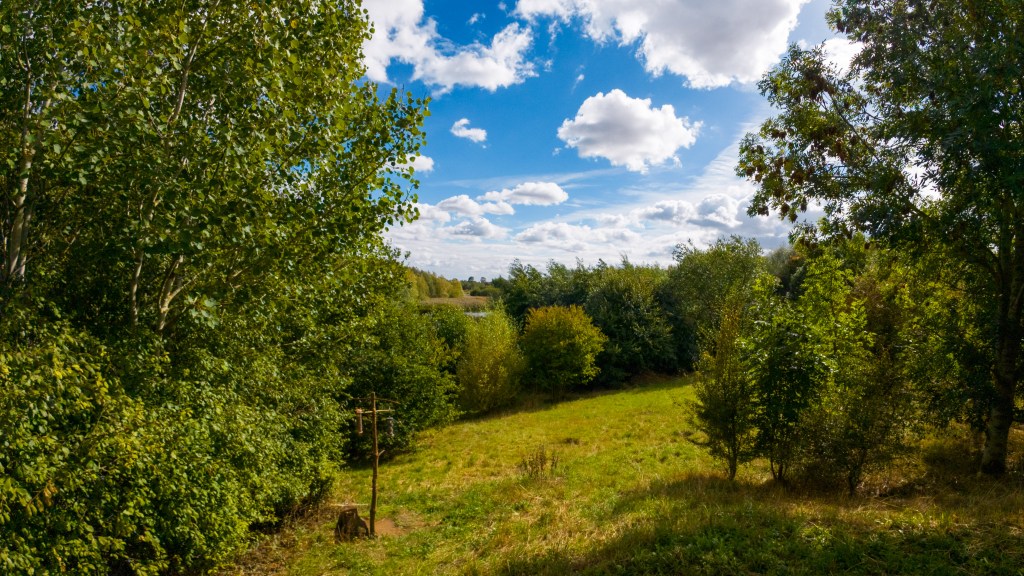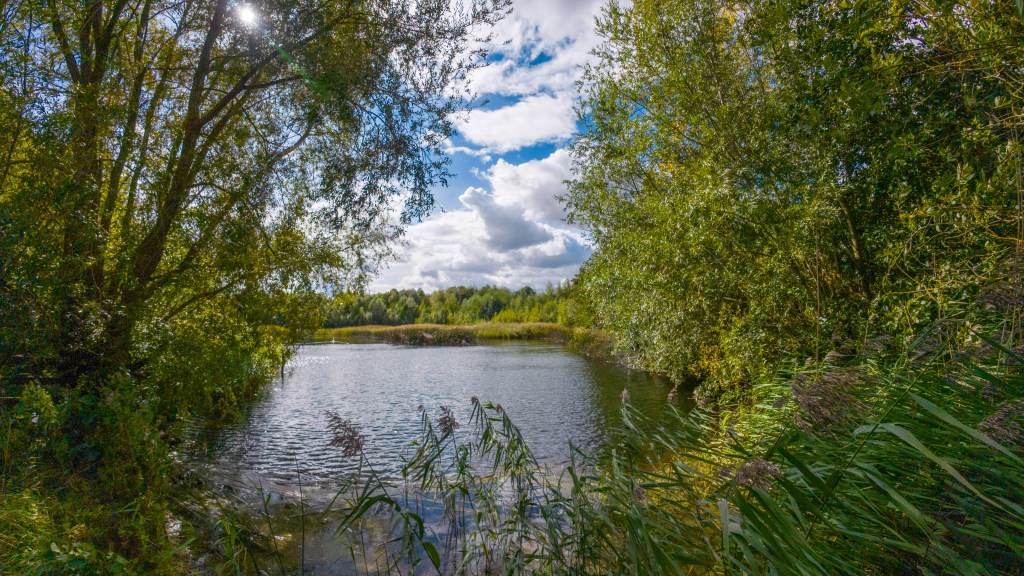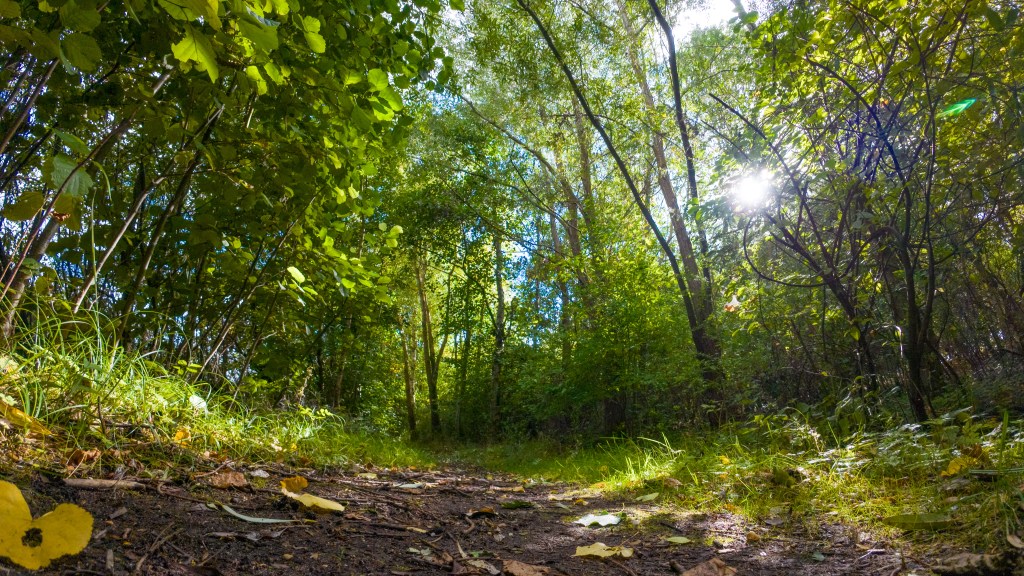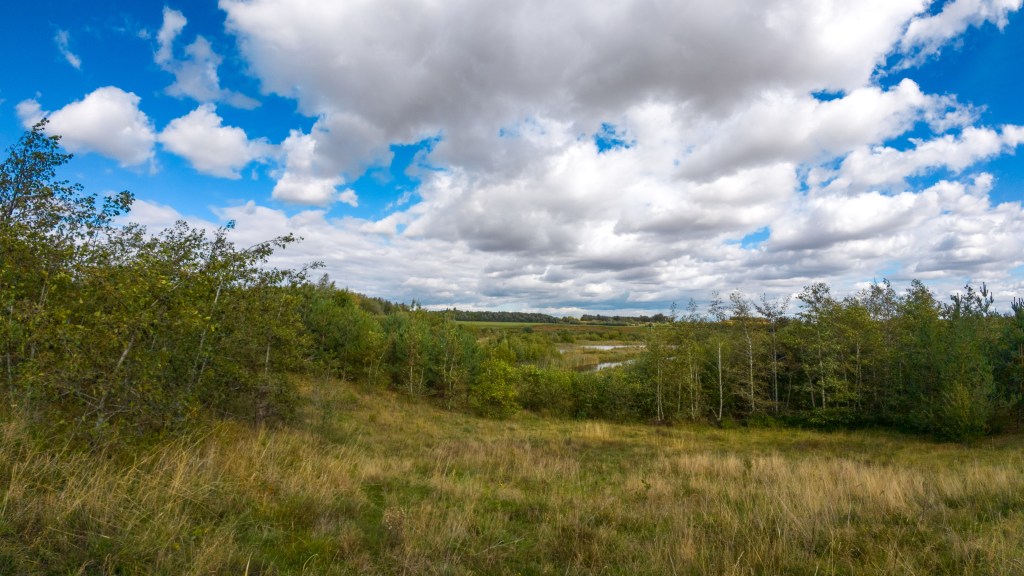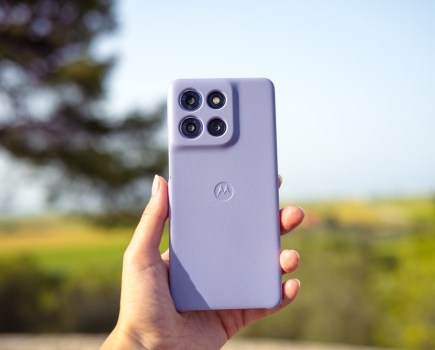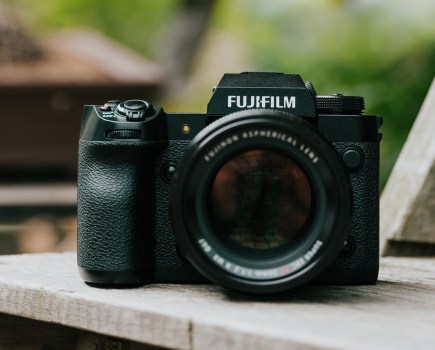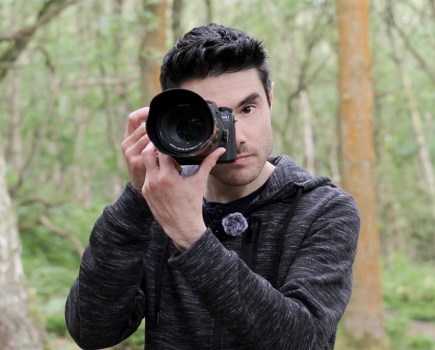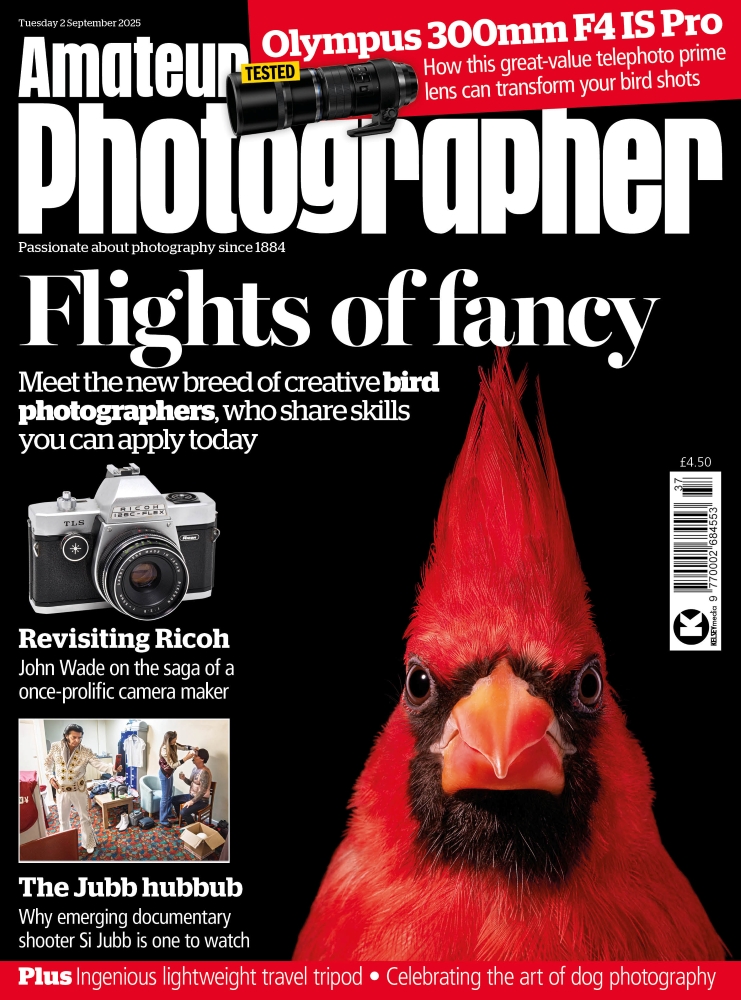Amateur Photographer verdict
For those looking for a compact action camera, the DJI Nano has a lot going for it, including being able to mount it to anything magnetic.- Modular design
- 4K 10-bit video
- D-Log M profile
- Compatible with DJI Mics
- No USB-C port on camera unit
- Integrated battery
- Not available in the US
At a glance
- Price: from £239 (not available in the US)
- Sensor: 1/1.3-inch
- Lens: 143-degree field of view, f/2.8
- ISO: 100-25600
- Screen: 1.96-inch
- Video: 4K 60p
Vlogging and content creation is getting more popular and brands are responding to this with new cameras. Vlogging cameras need certain specifics to be successful; namely a small, compact footprint, the ability to capture both landscape and portrait format video and the ability to be wearable so you can record your footage without the need to handhold your device. DJI’s new Osmo Nano hits all three of these metrics, but its modular design may well remind photographers of a DJI camera from the near past.
Back in 2021, DJI’s follow-up to the first-ever Osmo Action camera was the Action 2. The brand temporarily dropped the Osmo name and also the more standard design, opting for a small, modular design that paired a camera unit with either an additional LCD or a battery unit. In many ways, the Osmo Nano is a 2025 incarnation, with a camera unit sporting a lens that offers a 143-degree field of view and connects up with a Multifunctional Vision Dock that provides the LCD and can be used remotely up to 10 metres away from the camera unit.
Features
At the heart of the Osmo Nano is the 1/1.3 inch sensor, which enables the Nano to capture high-resolution 4K video up to 60p and a 4K 120p mode for capturing slow motion footage. What’s more, the Nano includes DJI’s 10-bit and D-Log technology – the 10-bit video allows the capture of up to one billion colours and 72% more colour space than 8-bit standard video, While the D-Log M mode preserves colour and brightness information, offering greater flexibility for post-production back at the computer. The sensor helps the Nano capture 13.5 stops of dynamic range and there’s also a number of advanced stabilisation features found in other DJI devices, such as DJI’s Rock Steady 3.0 stabilisation, which works amazingly well in the field. The Nano also includes the Horizon Balancing technology, too.
When it comes to stills, the Osmo Nano can capture 35-megapixel images and you can choose to shoot in JPEG, RAW or both file formats. Users can also use the countdown timer function or you can capture bursts of up to 30 images in one hit. Additional features include a Supernight mode to capture footage in low light conditions and Timelapse/Hyperlapse – both of which can be highly customised to create the best results for your specific needs.
Much like other DJI products, such as the Osmo 360 and Pocket 3, the Nano makes use of the wider DJI ecosystem and can connect up with DJI Mics so that enhanced audio can be captured, rather than relying on the Nano’s internal mic.
Focal points
- Versatile LCD – The Multifunctional Vision Dock can be used either facing forwards or backwards, bringing versatility to this design.
- Super Slow Motion – By offering 4K 120p in the Slow Motion mode, users can mix up the pace of their high resolution footage, which raises production levels in Vlogs.
- Beefy battery – With 200 minutes of extended operating time, the USB-C port also means the Nano can be charged back up while you’re on the move.
- Serious protection – While the Multifunctional Vision Dock is IPX4-rated, the camera unit is waterproof down to 10 metres, enabling users to capture footage under the waves.
- Pro-quality video – By including 10-bit video and DJI’s D-Log M profile, users have more potential to grade their footage back at the computer.
- Sounds amazing – The Osmo Nano is compatible with DJI’s Mic units, allowing for enhanced audio to be captured in your footage.
Build and Handling
The build of the Osmo Nano is impressively compact, with the camera unit tipping the scales at just 52g and measuring 57mm×29mm×28mm. Unsurprisingly, this makes the Nano the smallest Vlogging option from the DJI stable and smaller than the Pocket 3 or Osmo 360.
The camera unit, which is waterproof down to 10 metres, is actually magnetic, enabling it to be connected to fence rails or lamp posts in seconds and without the need for additional clamps. The Nano also makes use of the tried and tested clip lock system so if you are a Action 5 Pro or Osmo 360 user and have invested in some additional mounts or clamps then these will work with the Nano too.
The built-in OLED HD touchscreen on the Multifunctional Vision Dock gives a great picture of what the lens is seeing, but it goes further. If you uncouple the two modules, they will still be connected remotely and this is incredibly useful in the field. For example, you can attach the camera unit to a mount accessory such as the magnetic headband and then use the Multifunctional Vision Dock as a remote camera to not only keep an eye on your composition, but to adjust settings and to remotely start/stop recording.
Now, it can be argued that you can achieve the same results by using the excellent DJI Mimo companion app, but in the field, I believe the Multifunctional Vision Dock is the easier option to use, enabling you to make these changes even quicker. At the side of the Multifunctional Vision Dock is a flip up port that gives access to the Micro SD card slot and the USB-C port.
There’s two things to note here; firstly that the Nano also features internal storage at either 64GB or 128GB capacities. Secondly, the USB-C port enables the Nano to be recharged on the move via a power bank. The dock unit can fast charge the main camera up to 80% battery level in only 20 minutes and the Nano has an extended battery life of 200 minutes so, with the addition of even a modest power bank, users should be covered for a day out Vlogging.
Viewfinder and screen
The Nano’s Multifunctional Vision Dock LCD features a menu system that will be instantly familiar to anyone who has used a DJI device like the Action 5 Pro or Pocket 3 before. Operated via swipe and push gestures, additional features and settings can be quickly accessed and DJI really has this intuitive menu system dialled in and refined.
What should be noted is that the LCD dock can be attached in either direction so you can film forwards via monitoring the recording or if you are Vlogging and want to see yourself in the frame you can flip the dock unit around for your convenience. The LCD screen enables users to access the stabilisation controls, with the Nano offer both DJI’s RockSteady 3.0 and Horizon Balancing technologies, which do a great job in the field to deliver steady footage, particularly when you are moving at high speed.
Image quality
The quality of the 10-bit video is impressive, especially when considering the small footprint of the Nano. DJI says the Nano is the first ‘wearable’ to offer 10-bit and it really makes the difference, both in overall video quality but also in low light conditions where clean footage is returned.
The flat D-Log profile is great for editing in post-production but even the standard profile works well when in decent light, giving a true but not over-saturated feel to the footage. The 4x slow motion footage, which can be captured at 4K looks amazing and can even be used at larger than 100% in 4K timelines so that some digital zoom or panning can be added to bring extra motion to the frame.
Those 13.5-stops of dynamic range do a great job at making sure tonal data is retained and that areas such as skies don’t overexpose but if the worst happens, the D-Log will give you the best chance at pulling back the Highlights of these areas in software such as Adobe Premiere.
It’s a similar story for the stills images captured by the Nano and files sizes up to 6880 x 5160 pixels can be recorded. While you can shoot both JPEG and RAW simultaneously, the RAW files hold a good level of tonal data and the ultra-wide 143-degree field of view can be employed in landscape scenes to stretch the perspective of the foreground in the frame.
Verdict
The Osmo Nano is certainly launching into a crowded space with plenty of rivals, not just from brands like Insta360, but also from DJI itself – remember, content creators can already buy the Action 5 Pro, Osmo 360 and Pocket 3 – all of which can be used for vlogging.
Thanks to its wearability, the Nano does break new ground in the vlogging department and the quality of the video is highly impressive given the unit’s tiny footprint. The addition of 10-bit video and DJI’s D-Log M profile elevate the video offering further and it’s easy to capture video in both portrait and landscape orientations.
The modular design may well prove divisive, but I think vloggers will be quick to embrace the approach because of the benefits it brings to this style of content creation. The magnetised camera unit means that if you need a temporary tripod to present in front of then you don’t need to look further than the nearest lamp post and the connectivity with DJI’s Mics means you don’t have any excuse for poor audio.
In terms of compromises, I would have liked to have seen a USB-C port in the actual camera unit, but this is a very minor niggle. DJI has priced the Osmo Nano very keenly and I have no doubt this device will be a success for the brand and will help vloggers capture great content on the move.

Specifications
| Sensor: | 1/1.3-inch |
| Lens: | FOV: 143°, f/2.8, Focus Range: 0.35 m to ∞ |
| Shutter speeds: | 1/8000-30 seconds |
| Sensitivity: | ISO 100-25600 |
| Continuous shooting: | Burst rate up to 30 frames |
| Screen: | 1.96 inches, 326 ppi, Resolution: 314×556, Maximum Brightness (typical): 800 cd/㎡ |
| Video: | 4K (4:3): 3840 × 2880@24/25/30/48/50fps 4K (16:9): 3840 × 2160@24/25/30/48/50/60fps 2.7K (4:3): 2688 × 2016@24/25/30/48/50/60fps 2.7K (16:9): 2688 × 1512@24/25/30/48/50/60fps 1080p (4:3): 1920 × 1440@24/25/30/48/50/60fps 1080p (16:9): 1920 × 1080@24/25/30/48/50/60fps |
| Slow motion: | 4K: 4x (120fps) 2.7K: 4x (120fps) 1080p: 8x (240fps), 4x (120fps) |
| Mic: | 2 x internal mics, compatible with DJI Mic |
| Memory card: | Micro SD (up to 1TB) |
| Battery life: | 200 minutes |
| Dimensions: | Camera: 57.3×29.5×28 mm (L×W×H) Multifunctional Vision Dock: 59.1×42.2×22.3 mm (L×W×H) |
| Weight: | Camera: 52 g Multifunctional Vision Dock: 72 g |

